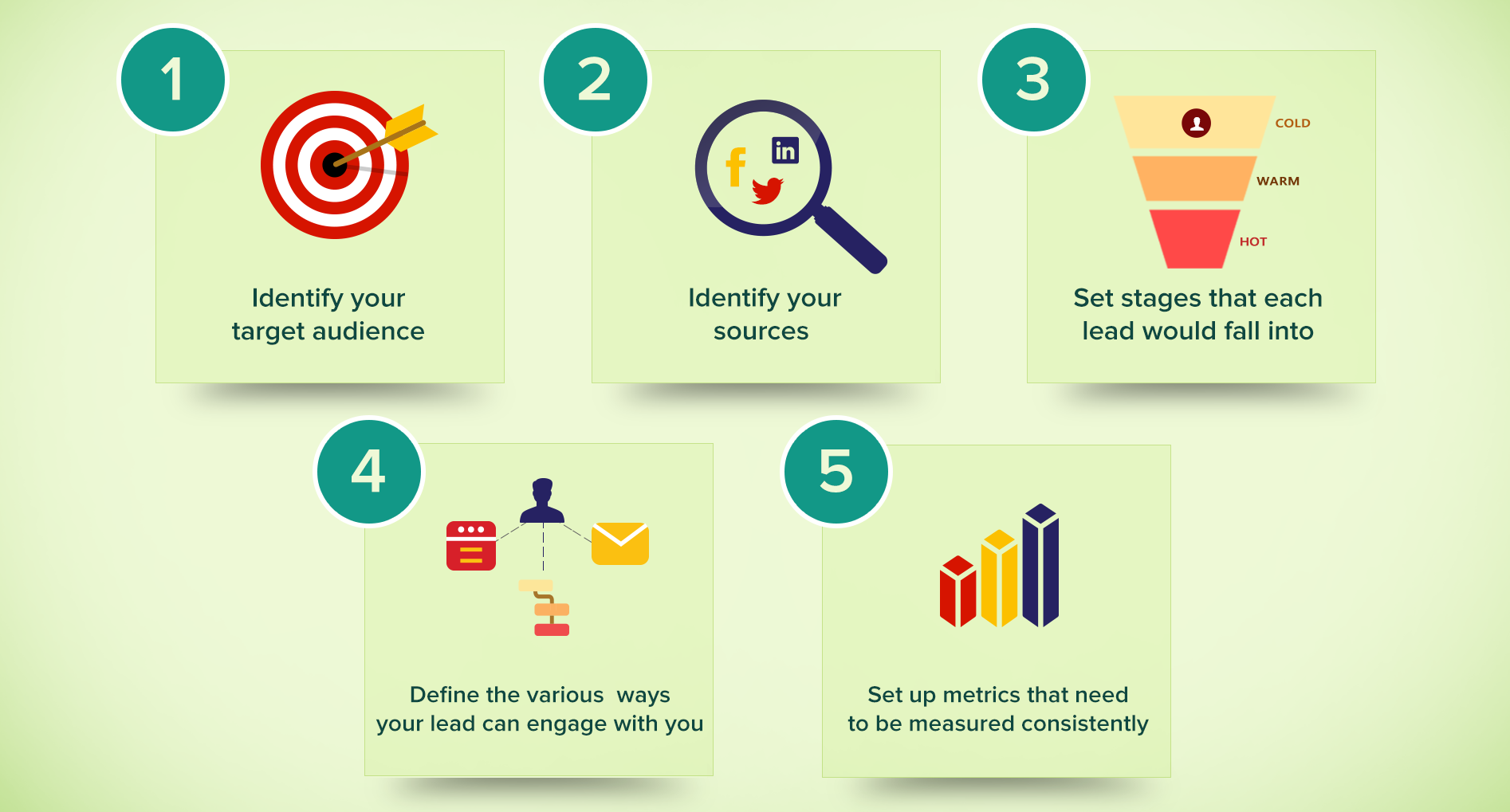Before you get started, ask yourself the following questions: Why do I need to track sales in my business? Maybe I can go side by side with the Game of Thrones. If you follow this show like most people in the world, you will know what I’m talking about. If not, I will review it soon. Jon Snow and Daenerys Targaryen met for the first time. The former asked for help, but the latter assumes he surrendered. This caused a very embarrassing situation!
But why is this happening to the dragon’s mother? Because she was not fully prepared for the meeting, she entered the meeting at her home. If she thought a little bit to know more about him, perhaps she could have let him surrender.
Of course, one disadvantage is that there is no sales tracking tool in the Westeros world. So she did not know what the audience was thinking. But we did it in the digital age. It’s important to identify your audience before you reach your first point of contact. Otherwise, you may miss the impressive first chance. But what about tracking all sales?
What is sales tracking?
Document how customers interact with incoming business-to-business processes, entry points, email and phone calls, channels through channels, and sales tracking. This gives you an intuitive insight into how potential customers can talk to you and the issues that may exist in the sales cycle. It also helps you understand the effects of your sales channel.
How do I set up the sales tracking process?

Step 1: Identify your target audience
As a standard in most sales and marketing processes, you must always understand who your customers are. This step helps you plan the rest of the process more clearly. Identify influential people, decision makers, and product buyers.
Step 2: Identify sources
Next, you need to understand the online and offline platforms for this audience. Check out the most common social media platforms, search keywords and frequently visited websites. If you have apps, you can also try using in-app ads. You can now list all possible entry points.
Step 3: Set the steps that each audience will belong to
Now define the various potential steps that an audience can take. Cold leads, hot leads, and customers. The various steps vary by company and industry. At any time, you can see at a glance which steps in your sales funnel.
Step 4: Define how potential customers can interact with you.
You need to decide how to train your audience. You can do this through email marketing, polling marketing, webinars, ebooks and more. List all communication points between your audience and your business. Social media, chat, web forms, e-mail, and phone can also be helpful. This step allows you to track which incubation activities are beneficial to your transition.
Step 5: Set metrics that require consistent measurement
Now that we’ve built the system, the final step is to understand what we need to measure with our sales tracking system. Do you have traffic from your website? Or the number of people from specific sources? Or the average time required to be a customer. You can then create reports based on your requirements to take advantage of the sales tracking process.
Important metrics to measure:
The process was successfully set up. Let’s take a closer look at the last step of the process. Sales tracking does not mean that you do not know how your audience interacts with you. You also need to understand how it affects your business and your bottom line. These metrics can be measured through a good sales tracking process.
Revenue from each source: Calculate the number of revenue generated through a variety of potential customer sources. This helps you identify which audience sources provide the most business. This allows you to focus your sales and marketing efforts on these channels.
Total sales for a specific date range: The number of sales that occurred on a monthly, quarterly, or annual basis. Help executives understand overall business performance.
Demographic Revenue: See how many customers are coming from a particular age range, work profile, or geographic location. This helps you identify the ideal buyer role and effectively deploy your customers through paid campaigns and content marketing.
Sales by salesperson: Identify the salesperson who generates the most sales. Performance monitors and sales teams can be used as a great way to keep scams.
Average selling time: This metric helps you determine how long it will take your audience to become a customer. For some companies, especially B2C, the sales cycle is much shorter than for B2B companies. Calculations can help you achieve your sales team goals.
New and repeat customer sales: This metric provides ideas for new customer business volumes and previous customer business volumes. You can also calculate the cost of acquiring a new customer compared to the cost of maintaining an existing customer.
Decay rate: Determine how quickly your customers are leaving your business and why. You can then recover and re-import the lost customer or prevent the same error from happening again.
Average revenue per customer: Understand how much each customer earns. This also helps you fine tune your target audience. You may find that potential customers who pay too much or pay too less money are not appropriate for your business.
Essential features of the sales tracking tool:
Congratulations! Now we’ve set up an interesting program to track all audiences and move down the sales channel. But as we all know, unimplemented ideas do not bring us much results. You must have a tool that can help you track your sales process correctly. Here are some features you need to know.
Detailed web tracking: This tool should be able to identify all points of contact between your prospects and your business, such as email, phone, or chat. You need to know what pages you’ve visited, when you used them, and what forms you submitted. You should also be able to notify users based on access to specific pages. You’ll also need to track conversations with your audience via email and phone, find out how to convert, and find out the reason or conversion source.
Easy-to-use interface: This tool is simple to operate, so you do not have to waste valuable time. Taking time to implement and learn software can be time consuming and reaching potential customers.
Easy customization: You need to be able to add your own key areas and steps to make your business more meaningful. Some tools are difficult to change predefined fields. Using these tools may result in errors and may not track the sales cycle correctly.
Clear sales channels: Sales channels should be easy to see, and you do not have to dig deeper to find the main content of each step. You should also be able to manage your audience and create similar audience lists for your sales and marketing efforts. If a tool cannot do this, it is not a tool for you.
Detailed report: The report tells you how successful your efforts were. Therefore, the tool should be able to obtain detailed analysis. You should also be able to create custom reports that are more relevant to your business.
Advantages of sales tracking:
The following is a list of the types and intangible benefits that can occur when implementing the sales tracking process for your business.
- Learn more about sales channels.
- Team performance monitoring is subject to frequent quality inspections.
- Identify which products/services, geographic locations, and salespeople have the most revenue and reasons.
- Understand the problem and avoid the risk.
- Monitor your behavior and communicate better with your audience.
- Improve customer satisfaction by addressing queries and providing customized services.
So it’s all you need to know about tracking your sales. I hope you find it useful.



